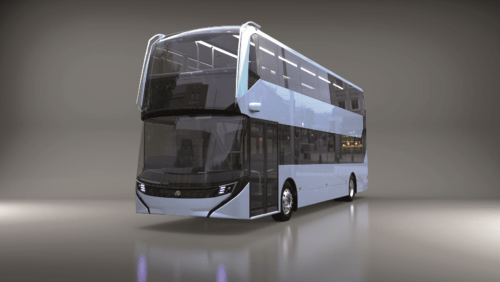
It is an exciting time for the industry and Alexander Dennis as it launches a brand new zero-emission model into the market. Richard Sharman takes an in-depth look at the new Enviro400EV model
There have been many iterations of the Alexander Dennis (ADL) Enviro over the years since making its debut in 2001 in single-deck Enviro300 form and under the previous Transbus International brand. The last 20 years of Enviro production have seen some major innovations from ADL, with various drive trains, fuel types, and zero-emission offerings, including the introduction of the range nicknamed ‘MMC’ (Major Model Change) in 2014; an offering that was very much built alongside bus operators to develop the perfect bus from a driver’s, passenger’s and engineer’s perspective.
Now, a little under 10 years since the ‘MMC’ range was first introduced, ADL is once again on the charge to develop a completely new offering for the industry, but this time it is completely focused on making that offering one which is zero-emission and powered by electricity.
[…]By subscribing you will benefit from:
- Operator & Supplier Profiles
- Face-to-Face Interviews
- Lastest News
- Test Drives and Reviews
- Legal Updates
- Route Focus
- Industry Insider Opinions
- Passenger Perspective
- Vehicle Launches
- and much more!


